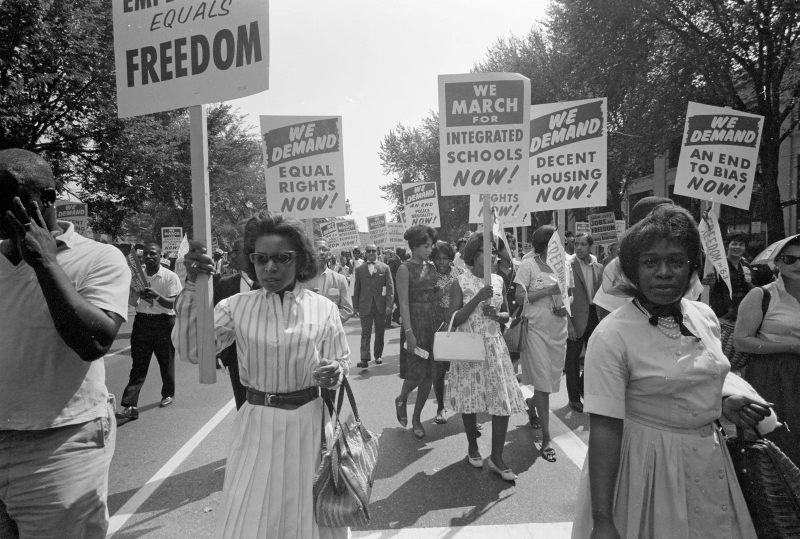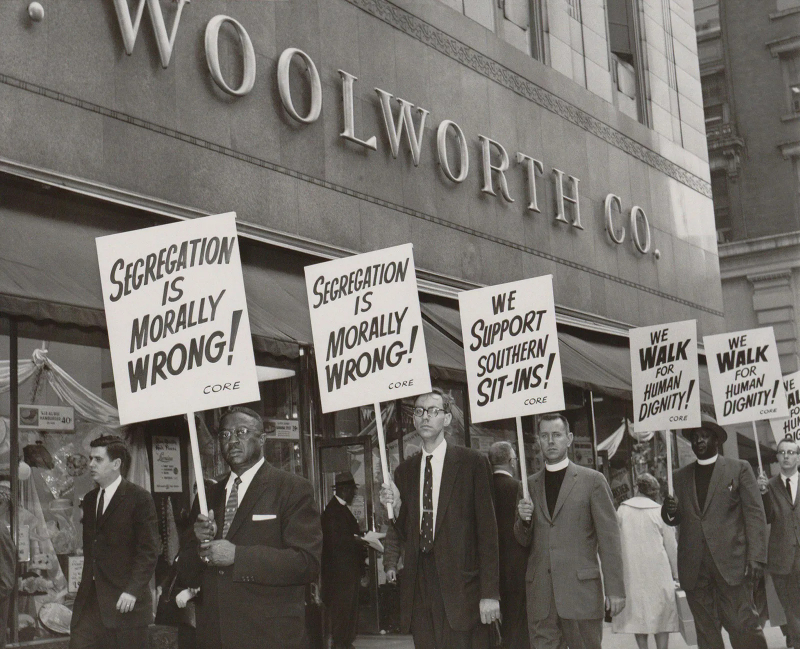Racial Segregation
The majority ruling of the Supreme Court in Brown v. Board of Education in 1954, which found that racial segregation in public schools was unconstitutional, sparked controversy, often in the form of violent protests and mob rioting. Despite significant opposition to the ruling, ranging from physical attacks on black students to refusal to comply with desegregation policies, racial integration in schools became more accepted and widespread through persistent effort, including federal prohibition against discrimination, state court enforcement, cross-neighborhood busing, and magnet schools. However, on the 50th anniversary of the court's decision, an investigation of individual public schools and interviews with students revealed that many districts were overwhelmingly segregated.
For example, 5 of Fulton County's 12 schools are more than 80% black, while 6 are more than 60% white. According to a 1999 research conducted by the Harvard Civil Rights Project, pupils in U.S. public schools were more segregated than they were in the 1970s, implying that the legal and political atmosphere is relatively unfriendly to addressing the need for change. Understanding the reasons for these demographic shifts and considering the steps needed to remedy this situation will be controversial once again as the educational system in the United States increasingly reflects national social and class issues.















